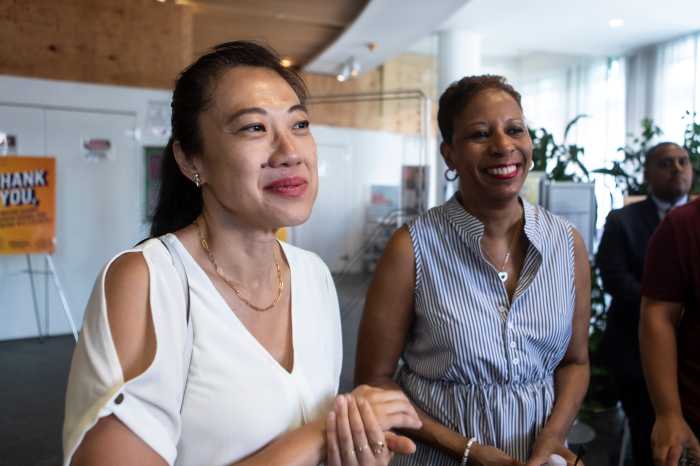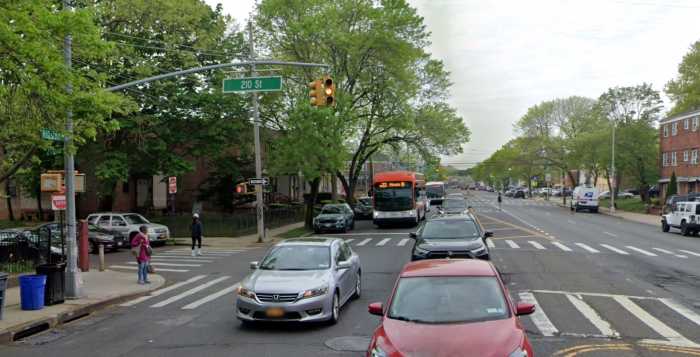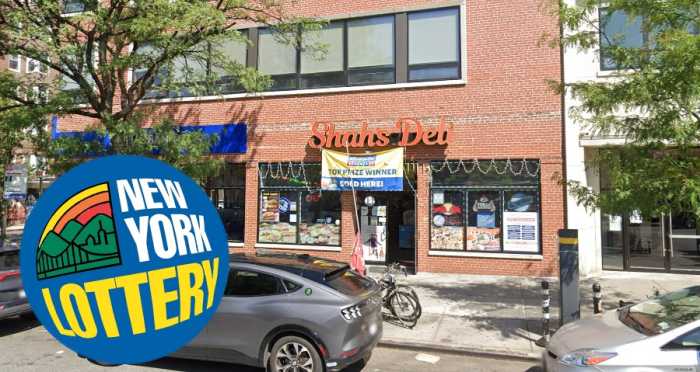By Philip Newman
The Metropolitan Transportation Authority's on-and-off deal for a mini-city on Manhattan's last undeveloped space is on again and with it renewed hope for the No. 7 subway line extension.
The agreement between the MTA and Related Companies/Goldman Sachs means the transit agency will get just over $1 billion in nearly the same deal as the real estate developer Tishman Speyer backed out of May 13.
Stephen Ross, chairman of Related Companies, which is partnered with Goldman Sachs, said “it's not often you get a second chance on the dream of a lifetime. We jumped on it.”
The proceeds from the deal will go toward easing the MTA's financial plight. The transit agency is facing a $700 million gap in its capital program, which funds major projects, and purchase of new subway cars and buses.
The deal carries with it the hope for extending the No. 7 line beyond Times Square to 11th Avenue and 34th Street. The $1.9 billion project, to be paid for by the city, was always dependant on massive development of the Hell's Kitchen neighborhood, on Manhattan's far west side.
Cost considerations forced cancellation of a planned second station on the extension of the No. 7 at 10th Avenue and 41st Street.
The new plan for the 26 acres on both sides of 11th Avenue between 30th and 33rd streets includes 5.5 million square feet of commercial space, including a hotel, restaurants and galleries; a school; 5,500 apartments, including more than 400 for low-income tenants; a cultural center; and a park.
Before any of this can be built, the developer must construct massive platforms above the busy railroad yards where Long Island Rail Road trains are stored before their trips and serviced upon return.
The deal is expected to be approved at a special meeting of the MTA board Thursday.
“The attractiveness of this area for developers stems in part because the city is funding an extension of the No. 7 line,” said Mayor Michael Bloomberg, “making this vital new mixed-use community of residential, commercial and office space a truly transit-oriented development.”



































